This article was co-authored by Mohiba Tareen, MD. Mohiba Tareen is a board certified Dermatologist and the founder of Tareen Dermatology located in Roseville, Maplewood and Faribault, Minnesota. Dr. Tareen completed medical school at the University of Michigan in Ann Arbor, where she was inducted into the prestigious Alpha Omega Alpha honor society. While a dermatology resident at Columbia University in New York City, she won the Conrad Stritzler award of the New York Dermatologic Society and was published in The New England Journal of Medicine. Dr. Tareen then completed a procedural fellowship which focused on dermatologic surgery, laser, and cosmetic dermatology.
There are 12 references cited in this article, which can be found at the bottom of the page.
This article has been viewed 9,044 times.
Vitiligo is a common medical condition that causes your skin to become depigmented or lose color. The size of the depigmented skin patches can range from small to large and they may appear anywhere on your body. You might notice vitiligo more if you have tan or dark skin, but it affects people of all skin tones. Although vitiligo is not life-threatening and does not cause physical pain or discomfort, it can cause emotional and psychological distress. Many people with vitiligo experience low self-esteem, stress, and depression as a result of the light patches. There is no cure for vitiligo, but there are several treatments that can help to restore color to your skin.
Steps
Seeking Medical Treatment
-
1Ask about topical medicines to restore color to your skin. A topical medicine is a thick cream or ointment that you apply directly to your vitiligo patches. Topical medications are the first line of treatment for vitiligo since they are the least invasive and easy to use at home. Apply the cream or ointment daily according to your doctor’s instructions. There are 2 types of topical medications that are commonly prescribed for vitiligo, which include:[1]
- Anti-inflammatory creams, such as corticosteroids. These medications are suitable for adults and children (in a lower dose), but they do have the potential to cause a streaky appearance in the skin or make the skin dry and brittle after using the medication for a year or longer. Topical corticosteroids can also cause folliculitis, skin atrophy, and telangiectasia.
- Immune system medications, such as tacrolimus or pimecrolimus. This works best for small patches of vitiligo on the face and neck, and you can combine this type of medication with light therapy. However, be aware that there may be a link between these drugs, skin cancer, and lymphoma.[2]
-
2Look into light therapy to restore lost pigment to small or large areas. Light therapy can be used over a large or small area of your body to help restore lost pigment. To treat a large area or multiple patches on your body, your doctor will likely recommend weekly sessions in a light box. This is a room that you stand inside for about 1 to 4 minutes while the UVA lights are turned on.[3]
- If you only have a couple of small areas of vitiligo, your doctor may recommend directing light at the patches with a special UVA laser instead.
- Light therapy treatments can take between 6 to 12 months to work and you’ll need to go up to 3 times per week.
- Light therapy paired with topical corticosteroids may be more effective than light therapy alone0.
Advertisement -
3Try NB-UVB phototherapy to treat widespread vitiligo. NB-UVB phototherapy is a form of light therapy that use UVB rays to help clear skin conditions. Sessions occur 2-3 times per week and involve standing in a light cabinet while you’re exposed to UVB rays. Talk to your doctor about your options depending on your skin conditions.[4]
- You can pair phototherapy with topical corticosteroids or tacrolimus.
- There may also be PUVA treatment available, which is combining the medicine psoralen with UVA light therapy, but it has more risk of phototoxicity, gastrointestinal discomfort, and risk of cancer.
-
4Discuss surgical options with your doctor if other options fail. Surgical interventions are not usually considered unless other treatments do not improve the appearance of your vitiligo. This is because surgical options are more invasive, expensive, and they all have the potential to trigger new patches of vitiligo. Discuss your options carefully with your doctor before agreeing to surgery. Some common techniques include:[5]
- Skin grafting. This involves taking a very small piece of normally pigmented skin from one part of your body and transplanting it to an area that has lost its pigment. Risks of this procedure include scarring, infection, failure of the patch to recolor the skin, and a cobblestone-like appearance to the skin.
- Blister grafting. This involves creating a blister with suction over an area of normally pigmented skin, then removing the blister and transplanting it to the depigmented skin. This can result in scarring and a cobblestone-like appearance to the skin.
- Tattooing, also known as micropigmentation. This treatment involves implanting pigment in the affected areas. This may be a good option if you have lost pigment in your lips.[6]
Trying Natural Treatments
-
1Take ginkgo biloba supplements to restore color. Ginkgo biloba may be effective for restoring skin color in some people, but make sure to talk to your doctor before trying this treatment. Subjects in the study took 40 mg of ginkgo biloba extract 3 times per day, but your doctor may recommend a different dose.[7]
- Make sure to ask your doctor before combining ginkgo biloba with other treatment methods, such as topical medications or light therapy.
-
2Include a daily multivitamin or antioxidant supplement. Some people have experienced improvement in their vitiligo by taking antioxidant vitamins daily, such as vitamins A, C, and E. These are commonly included in multivitamins, so taking a daily multivitamin may help improve your vitiligo.[8]
- Avoid taking mega-doses of any type of vitamin. Do not exceed 100% of the recommended daily allowance of any vitamin.
-
3Take EGCG to prevent new patches of vitiligo. EGCG, also known as green tea extract, may help to slow or stop the progression of vitiligo. Ask your doctor about incorporating a daily EGCG supplement into your treatment regimen.[9]
- You may be able to gain similar benefits by drinking 1 to 2 cups of green tea each day.
-
4Look into polypodium leucotomos as an adjunct to light therapy. This tropical fern extract has been shown to improve the results of light therapy treatments. Talk to your doctor about adding a polypodium leucotomos supplement to your treatment regimen.[10]
- It may take 3 months or longer to see an improvement in your skin from this supplement.
Warning: Be aware that the role of supplements in treating vitiligo is not fully understood, so these strategies might not work for everyone.[11]
Camouflaging the Depigmented Skin
-
1Use makeup to blend the white patches in with the surrounding skin. Many people opt to cover vitiligo patches with makeup while they’re undergoing treatment or instead of treating vitiligo. Apply a full coverage foundation that matches your natural skin tone to help blend the vitiligo patches in with the rest of your skin.[12]
- Keep in mind that the patches may still be visible, but the makeup should help to make them less noticeable.
- This can be a time-consuming strategy if you have vitiligo over large areas of your body. It’s best suited for covering patches on your face and neck.
-
2Apply a self-tanning product to the light patches of skin. Self-tanning products may help to darken the white patches and make them blend in with the rest of your skin. Select a self-tanner in the desired shade and apply it to the patches only. Don’t apply it to the surrounding skin or that skin will become darker as well.[13]
- Make sure to follow the manufacturer’s instructions for use.
-
3Lighten the rest of your skin with a skin bleaching cream. If you have vitiligo over large areas of your skin, applying a bleaching cream to the areas that still have pigment can help to even out your skin tone. However, this means that you’ll be lightening your skin tone all over, which may not be ideal for everyone. Ask your doctor to recommend a bleaching cream if you plan to try this.[14]
- You’ll need to apply the cream once or twice daily for up to 9 months to see results.[15]
- Some areas of the skin may regain pigment after you bleach them, so you may need to reapply the bleaching cream again if this happens.
-
4Wear sunscreen whenever you go outside to keep your skin fair. If your skin gets tan, the white patches will be more noticeable in contrast to your pigmented skin, so preventing suntans and burns is essential for maintaining an even skin tone. Although they won’t tan, white vitiligo patches also burn easily. Protect your skin from the sun by wearing an SPF 30 or higher broad-spectrum sunscreen at least 15 minutes before you spend time outdoors.[16]
- Make sure to reapply the sunscreen every 90 minutes, or whenever you get wet or sweaty.
Tip: Using sunscreen is especially important for anyone who has the rest of their skin lightened to blend with the white patches. If your skin gets tan or burned, you may need to repeat the bleaching treatment.
Expert Q&A
Did you know you can get expert answers for this article?
Unlock expert answers by supporting wikiHow
-
QuestionCan vitiligo be stopped from spreading?
 Mohiba Tareen, MDMohiba Tareen is a board certified Dermatologist and the founder of Tareen Dermatology located in Roseville, Maplewood and Faribault, Minnesota. Dr. Tareen completed medical school at the University of Michigan in Ann Arbor, where she was inducted into the prestigious Alpha Omega Alpha honor society. While a dermatology resident at Columbia University in New York City, she won the Conrad Stritzler award of the New York Dermatologic Society and was published in The New England Journal of Medicine. Dr. Tareen then completed a procedural fellowship which focused on dermatologic surgery, laser, and cosmetic dermatology.
Mohiba Tareen, MDMohiba Tareen is a board certified Dermatologist and the founder of Tareen Dermatology located in Roseville, Maplewood and Faribault, Minnesota. Dr. Tareen completed medical school at the University of Michigan in Ann Arbor, where she was inducted into the prestigious Alpha Omega Alpha honor society. While a dermatology resident at Columbia University in New York City, she won the Conrad Stritzler award of the New York Dermatologic Society and was published in The New England Journal of Medicine. Dr. Tareen then completed a procedural fellowship which focused on dermatologic surgery, laser, and cosmetic dermatology.
FAAD Board Certified Dermatologist There are different treatment options out there. If you're looking into phototherapy as a treatment option, ask a medical professional about combining it with oral medicines. Some medications, such as Protopic and Elidel or Xeljanz (which is used for rheumatoid arthritis), have been shown to help slow depigmentation.
There are different treatment options out there. If you're looking into phototherapy as a treatment option, ask a medical professional about combining it with oral medicines. Some medications, such as Protopic and Elidel or Xeljanz (which is used for rheumatoid arthritis), have been shown to help slow depigmentation.
References
- ↑ https://www.aad.org/public/diseases/color-problems/vitiligo#treatment
- ↑ https://www.nhs.uk/conditions/vitiligo/treatment/
- ↑ https://www.aad.org/public/diseases/color-problems/vitiligo#treatment
- ↑ https://www.umassmed.edu/globalassets/vitiligo/umass-uvb-phototherapy-guidelines.pdf
- ↑ https://www.aad.org/public/diseases/color-problems/vitiligo#treatment
- ↑ https://my.clevelandclinic.org/health/diseases/12419-vitiligo
- ↑ https://www.ncbi.nlm.nih.gov/pubmed/12780716
- ↑ https://www.ncbi.nlm.nih.gov/pmc/articles/PMC5362109/
- ↑ https://www.ncbi.nlm.nih.gov/pubmed/25128425
- ↑ https://www.ncbi.nlm.nih.gov/pmc/articles/PMC3970827/
- ↑ https://www.ncbi.nlm.nih.gov/pmc/articles/PMC5362109/
- ↑ https://www.aad.org/public/diseases/color-problems/vitiligo#treatment
- ↑ https://my.clevelandclinic.org/health/diseases/12419-vitiligo
- ↑ https://www.aad.org/public/diseases/color-problems/vitiligo#treatment
- ↑ https://www.nhs.uk/conditions/vitiligo/treatment/
- ↑ https://www.aad.org/public/diseases/color-problems/vitiligo#tips
- ↑ https://www.ncbi.nlm.nih.gov/pmc/articles/PMC3764764/
- ↑ https://www.aad.org/public/diseases/color-problems/vitiligo#tips
About This Article
There are a variety of different treatment options for vitiligo, including prescription topical medicines, light therapy, NB-UVB phototherapy, and surgery. Talk to your doctor about what options make sense for you. There's also some evidence that natural treatments may help with vitiligo, like ginkgo biloba supplements, daily multivitamin supplements, green tea extract, and polypodium leucotomos supplements. Your doctor can help you determine the best way to incorporate natural treatments into your treatment plan. For more expert vitiligo treatment tips, keep reading the full article below.

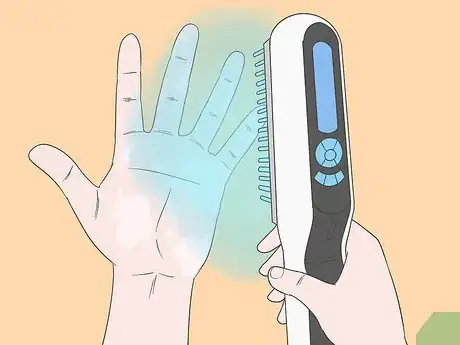



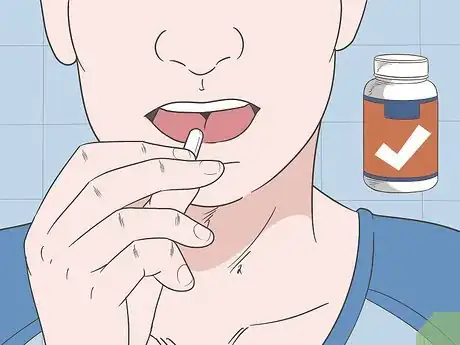

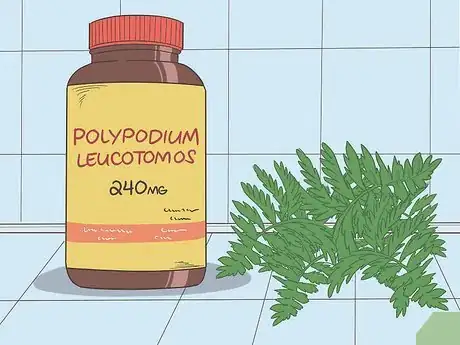
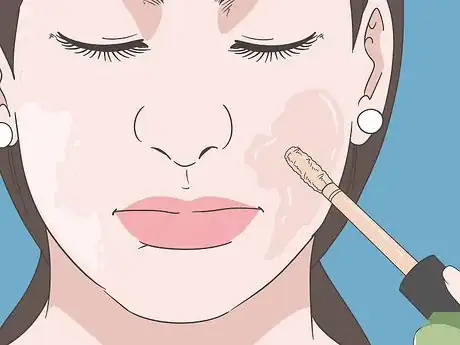
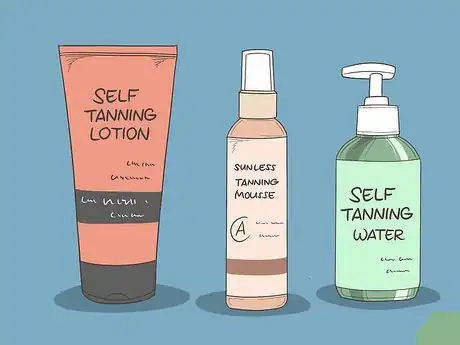
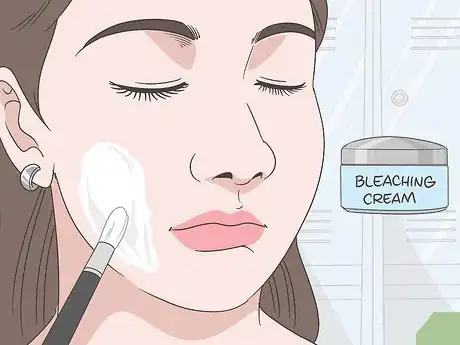
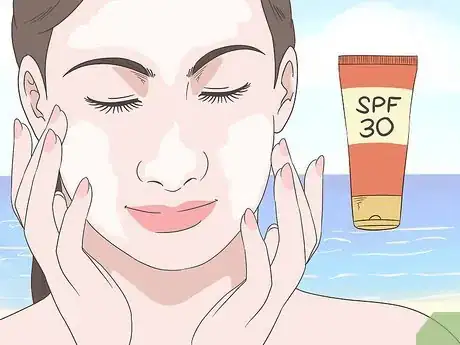




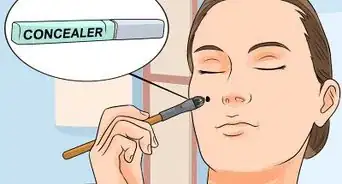
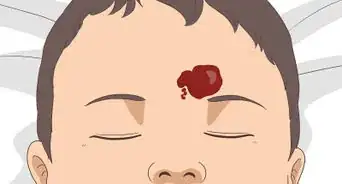


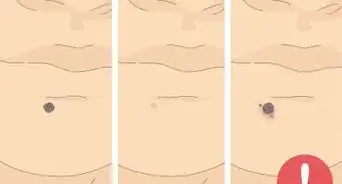



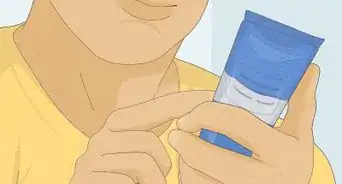















































Medical Disclaimer
The content of this article is not intended to be a substitute for professional medical advice, examination, diagnosis, or treatment. You should always contact your doctor or other qualified healthcare professional before starting, changing, or stopping any kind of health treatment.
Read More...